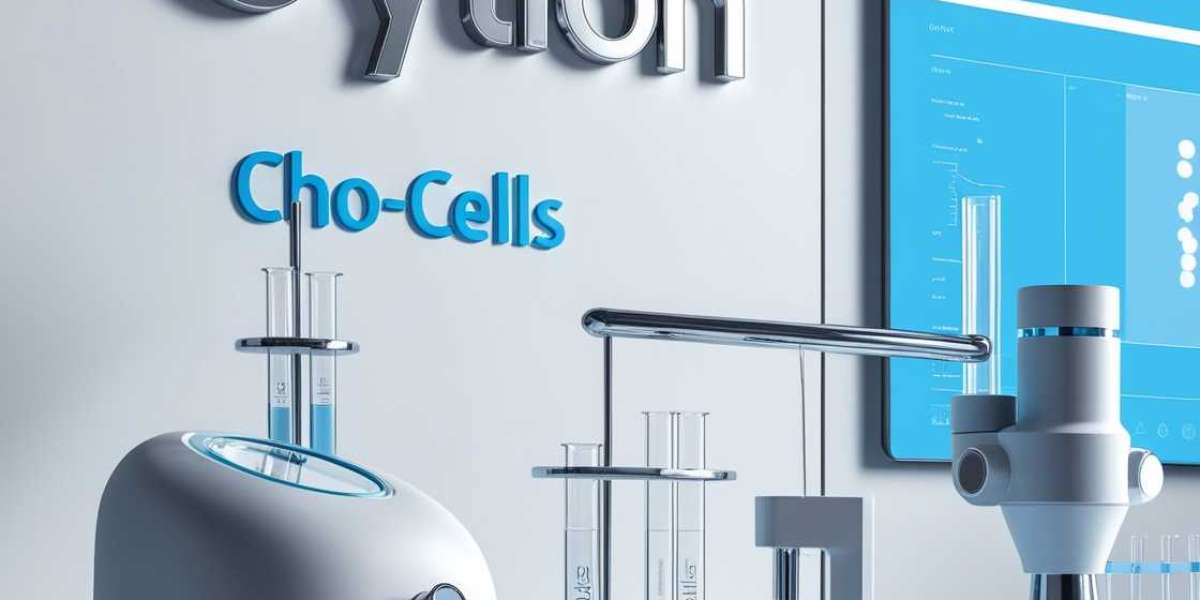Origin and Development of CHO Cells
The inception of CHO cells dates back to 1957 when Dr. Theodore T. Puck isolated an ovary from a female Chinese hamster to establish a new cell line. These cells exhibited rapid growth and resilience in vitro, making them ideal candidates for genetic and cytogenetic studies. ATCC+3Wikipedia, la enciclopedia libre+3MilliporeSigma+3
Over the years, various subclones of the original CHO cell line have been developed to enhance specific traits. For instance, CHO-K1, a subclone derived in 1957, has been extensively used in industrial biotechnology and toxicology research. Another notable variant, CHO-DG44, was engineered to lack dihydrofolate reductase (DHFR) activity, facilitating the selection of recombinant clones in gene amplification studies. Oxford Instruments+6MilliporeSigma+6ATCC+6维基百科,自由的百科全书+2ATCC+2Oxford Instruments+2维基百科,自由的百科全书
Advantages of CHO Cells in Biomanufacturing
Several inherent properties make CHO cells particularly suitable for biomanufacturing:Wikipedia+10Cytion+10Enzo+10
Human-like Post-translational Modifications: CHO cells can perform post-translational modifications similar to human cells, ensuring that the produced proteins are functional and exhibit reduced immunogenicity when administered to humans. Oxford Instruments+9Cytion+9ScienceDirect+9
Robust Growth in Suspension Cultures: They can grow efficiently in suspension cultures, which is advantageous for large-scale bioreactor production, leading to higher yields of recombinant proteins. Pfizer+4PubMed+4Enzo+4
Viral Resistance: CHO cells exhibit a degree of resistance to certain viruses, reducing the risk of viral contamination during protein production processes. GenScript
Applications in Therapeutic Protein Production
CHO cells are predominantly employed in the production of therapeutic proteins, including monoclonal antibodies, hormones, and enzymes. Their ability to produce large quantities of these proteins with appropriate post-translational modifications has been pivotal in developing treatments for various diseases. PMC
For example, monoclonal antibodies produced in CHO cells have been instrumental in treating cancers, autoimmune disorders, and infectious diseases. The scalability of CHO cell cultures allows for the mass production required to meet global therapeutic demands.PubMed+4维基百科,自由的百科全书+4ScienceDirect+4Enzo+2PubMed+2ScienceDirect+2
Innovations and Future Directions
Advancements in genetic engineering have led to the development of CHO cell platforms with enhanced capabilities. Researchers have constructed multifunctional CHO cell platforms that allow rapid establishment of clones with stable exogenous gene expression, facilitating subsequent modifications. These platforms provide valuable tools for protein production and gene function studies. Frontiers
Moreover, recent studies have explored the potential of CHO cells beyond traditional applications. In a groundbreaking experiment, researchers successfully transplanted chloroplasts into CHO cells, enabling them to perform photosynthesis temporarily. This innovative approach opens new possibilities in tissue engineering and bioenergy production. WIRED
Conclusion
The evolution of CHO cells from their initial isolation to their current status as workhorses in biomanufacturing underscores their significance in biotechnology. Their unique properties, coupled with ongoing innovations, continue to expand their applications, promising new frontiers in therapeutic development and beyond.Cytion











